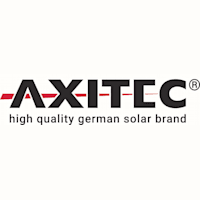
Get free solar quotes from local installers on EnergySage
Our pre-vetted network of installers compete for your business, which allows us to give you more options and the best deals.
Get QuotesLocation
Headquarters
-
510 PEDRICKTOWN ROAD SUITE A
LOGAN TOWNSHIP, NJ 08085
United States510 PEDRICKTOWN ROAD SUITE A
LOGAN TOWNSHIP, NJ 08085
United States
